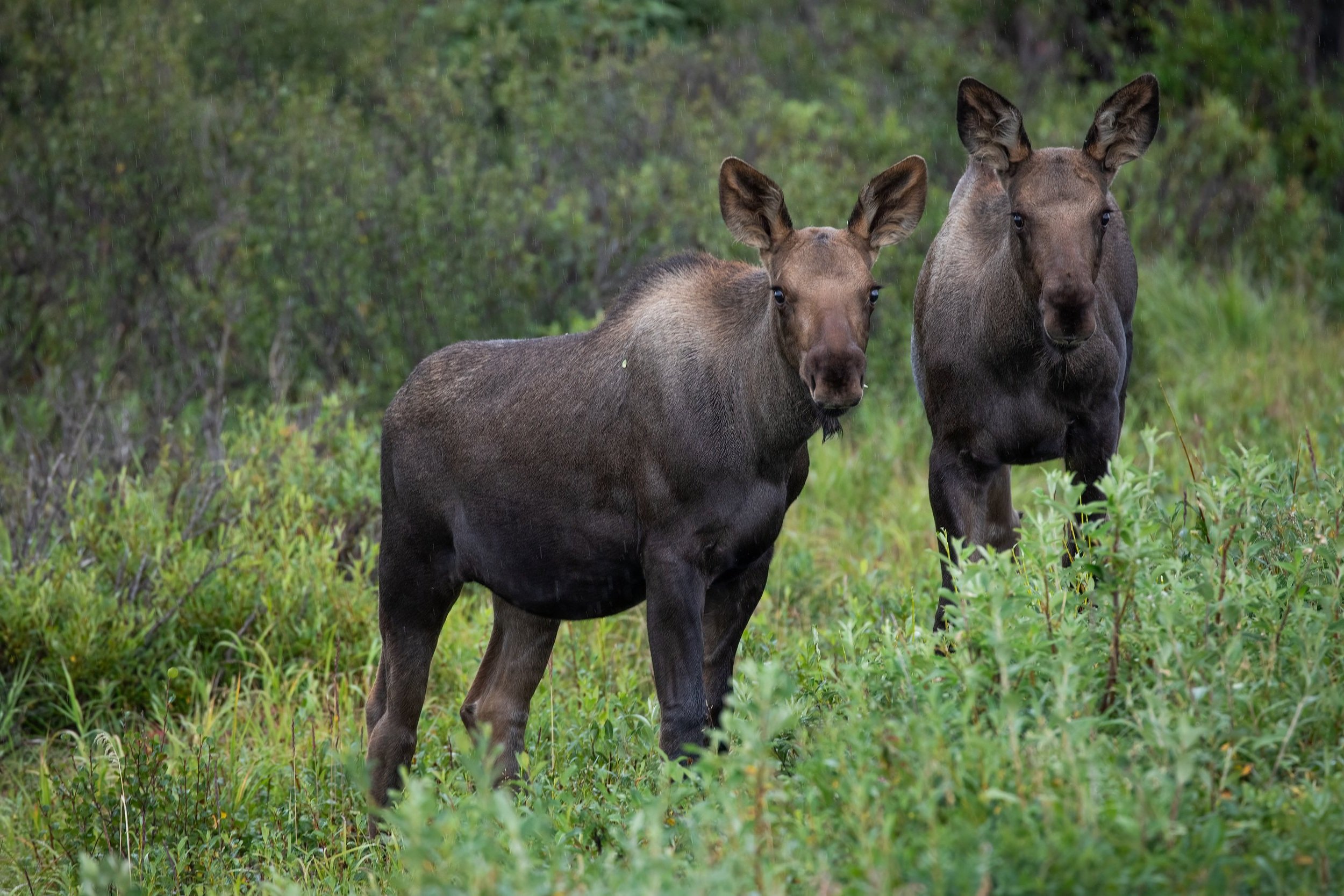
Best Lenses for
Wildlife Photography
As a professional nature photographer and tour guide, my focus revolves around encapsulating the true spirit of wildlife and scenic landscapes through the lens of my camera. I dedicate substantial time to exploring various angles and perspectives, utilizing an array of lenses to achieve the desired effect. Moreover, I actively participate in speaking engagements at photography conventions and gatherings hosted by different photography communities. These opportunities not only allow me to connect with industry representatives from leading camera and lens manufacturers but also foster meaningful exchanges with fellow professionals in the field. Keeping abreast of the latest technological innovations remains an essential aspect of my profession.
Choosing the right lens can pose a challenge. Here are some key considerations:
Cost: Quality often correlates with price. While some lenses may exceed $10,000, you can find decent options for around $1000.
Weight: Long lenses typically carry substantial weight, although this can vary among models.
Size: Most lenses are bulky and can pose logistical challenges during transport.
Focal Length: Longer focal lengths often offer greater versatility.
Every lens involves trade-offs, whether in terms of weight, price, quality, or focal length range. There's no one-size-fits-all solution.
Pay attention to the minimum focusing distance. It's essential to be able to approach subjects closely without causing disturbance. Personally, I suggest lenses that cover focal lengths between 100-600, offering flexibility for various shooting scenarios. Wildlife photography demands adaptability, as subjects may vary in proximity.
Additionally, I recommend perusing online reviews and staying updated on pricing fluctuations, as they can significantly impact your purchasing decision.
Determining Your Ideal Focal Length for Wildlife Photography
When it comes to capturing wildlife, the mantra is simple: the longer, the better. In the vast expanse of nature, there's always that elusive creature lingering just out of reach. Many animals tend to be skittish, requiring ample distance to maintain their natural behavior.
As a rule of thumb, opt for focal lengths on the longer end of the spectrum. Personally, I advocate for a minimum of 500mm. While I do photograph with a 600mm lens, its usage varies depending on the specific demands of each situation.
I find it beneficial to cover a focal length range from 100mm to 500mm. This flexibility proves invaluable, particularly in locations such as Florida, Alaska, Yellowstone, and Grand Teton National Parks, where wildlife often ventures close to human activity. Additionally, having this range allows for the option to zoom out for a broader perspective, capturing more of the surrounding environment.



